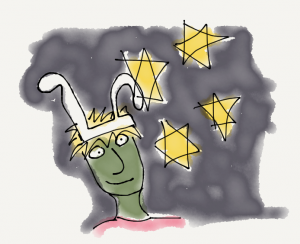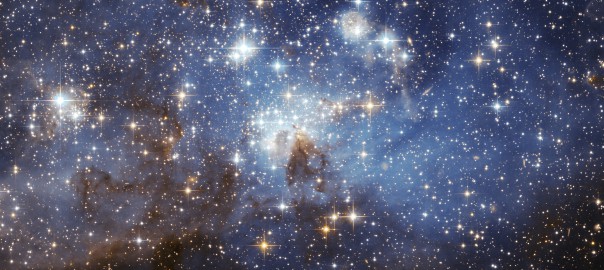
As stated earlier in the stars and space articles, the space according to present knowledge emerged from the Big Bang with stars and planets and everything. The sun is the closest star to us – that’s why it looks so huge. Other stars are sometimes thousands of times larger than the sun, but they are so far away that they look like small dots in the night sky.
The stars will go out, and new ones are constantly born. Because the stars are so far away, their light’s trip here takes millions of years. Thus, how we see the starry sky is really like an old photo of what the stars looked like millions or billions of years ago. It may be that some of the stars we see are actually already gone and new ones have emerged to replace them.
How, then new stars are born? The stars are created when the cold gas clouds are condensed together under their own weight. In the end, the resulting star settles to a stable state. At this stage the star receives energy from nuclear reactions, the fusion of hydrogen. Our sun is at this stage. Our Sun is about five billion years old and it is in the middle of its life cycle.
When all of the hydrogen starts being used, moves the star to fuse helium (the same substance that is in gas balloons) and the star’s core shrinks and heats up, but the outer parts expand and cool down. Thus the star becomes a red giant. After this, the stars with the mass of our sun become planetary nebula, with a central star being a dense white dwarf. By the time the fog will disappear, and cool white dwarf remains.
Heavy stars, about 10 times the mass of our Sun, are destined into a supernova explosion, which results in a gas cloud, in addition to either a neutron star or a black hole. Supernova is a huge explosion, where the fading star burst like a bomb and throws material all around the space. A black hole is a body, which traction force is so strong, that it will suck up everything – even light. It is believed that in the middle of our Galaxy is a huge black hole, whose name is Sagittarius A.
